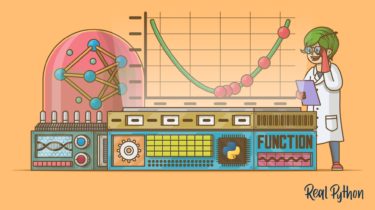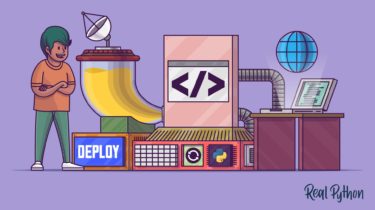Differential Evolution Global Optimization With Python
Differential Evolution is a global optimization algorithm. It is a type of evolutionary algorithm and is related to other evolutionary algorithms such as the genetic algorithm. Unlike the genetic algorithm, it was specifically designed to operate upon vectors of real-valued numbers instead of bitstrings. Also unlike the genetic algorithm it uses vector operations like vector subtraction and addition to navigate the search space instead of genetics-inspired transforms. In this tutorial, you will discover the Differential Evolution global optimization algorithm. After […]
Read more

